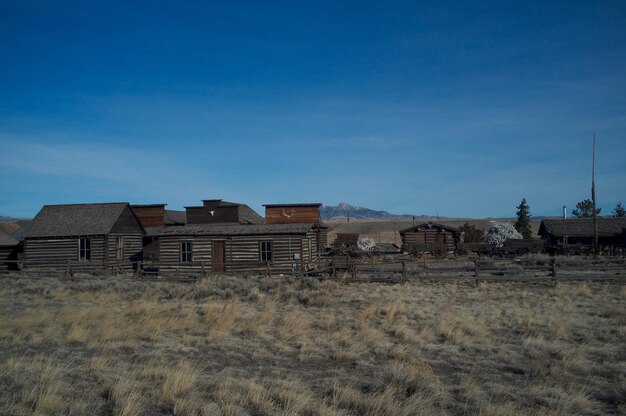Understanding the Navajo Housing Authority: What You Need to Know
When considering the complexities of housing on Native American reservations, the Navajo Housing Authority (NHA) stands out as a crucial player in tackling housing shortages and improving living conditions. Established in 1963, the NHA operates to serve the housing needs of the Navajo Nation—the largest federally recognized tribe in the United States. However, their reach and endeavors extend far beyond merely providing roofs over heads; they also focus on sustainable community development and economic progress.
Exploring the Role and Impact of the NHA
The NHA's mission is ambitious, aiming to improve the quality of life for Navajo families through affordable housing solutions. This involves:
- Building and renovating homes: With over 8,000 housing units managed, the NHA addresses existing infrastructure issues while expanding housing options to meet growing needs.
- Offering homeownership opportunities: By providing financial counseling and affordable mortgages, the NHA empowers tribe members to pursue homeownership, fostering a sense of stability and independence.
- Sustainable development projects: The NHA invests in building energy-efficient homes and infrastructures that incorporate renewable energy sources, aligning with broader environmental goals.
Dive into Financial Assistance and Government Aid Programs
The NHA operates with the understanding that the socio-economic challenges within the Navajo Nation necessitate comprehensive support. Thus, it frequently collaborates with federal programs to provide financial relief and assistance, including:
- Indian Housing Block Grant: This vital source of funding enables the NHA to manage and develop housing projects tailored to the community’s requirements.
- Housing Improvement Program (HIP): HIP assists Native American families with necessary renovations for private homes, reducing health and safety hazards.
- Low-Income Housing Tax Credits: Aiding in the creation of affordable rental housing, this initiative supports new developments that enhance the living standards on the reservation.
Opportunities Beyond Housing
The issues of poverty and unemployment are interlinked with housing stability. Therefore, the push for improving housing conditions inevitably leads to discussions on educational investments and financial literacy programs.
- Educational Grants and Scholarships: Encouraging educational attainment among Navajo youth is fundamental. Scholarships and grants can significantly alleviate the financial burden of pursuing higher education, fostering future leaders who can advocate for their communities.
- Financial Literacy Workshops: Understanding personal finance, debt management, and credit health are essential skills. Such workshops, often held in conjunction with housing programs, empower individuals to make informed financial decisions.
- Small Business Development Programs: These initiatives, frequently supported by loans or grants, aim to create economic opportunities on the reservation. Entrepreneurship not only enriches the local economy but also generates jobs.
Explore Available Resources for Better Living Conditions
The journey toward improved housing and living conditions involves a multi-faceted approach. Below is a list featuring some of the financial assistance programs and educational opportunities designed to support the Navajo Nation:
- 🏘️ Indian Housing Block Grant Program (IHBG): Assists in developing affordable housing projects.
- 🛠️ Housing Improvement Program (HIP): Offers repair funding to eliminate unsafe living conditions.
- 🌱 Low-Income Housing Tax Credits (LIHTC): Facilitates the construction of affordable rental properties.
- 📚 Navajo Nation Scholarship Funds: Provides financial support for higher education to qualified applicants.
- 💡 Financial Literacy Workshops: Aids community members in understanding credits, debts, and savings.
- 🚀 Small Business Grants and Loans: Encourages local entrepreneurship by providing start-up funding.
Understanding the intricacies of how these resources come together can aid in navigating the tools available through the Navajo Housing Authority and beyond, ultimately contributing to a more sustainable and prosperous future for all.
